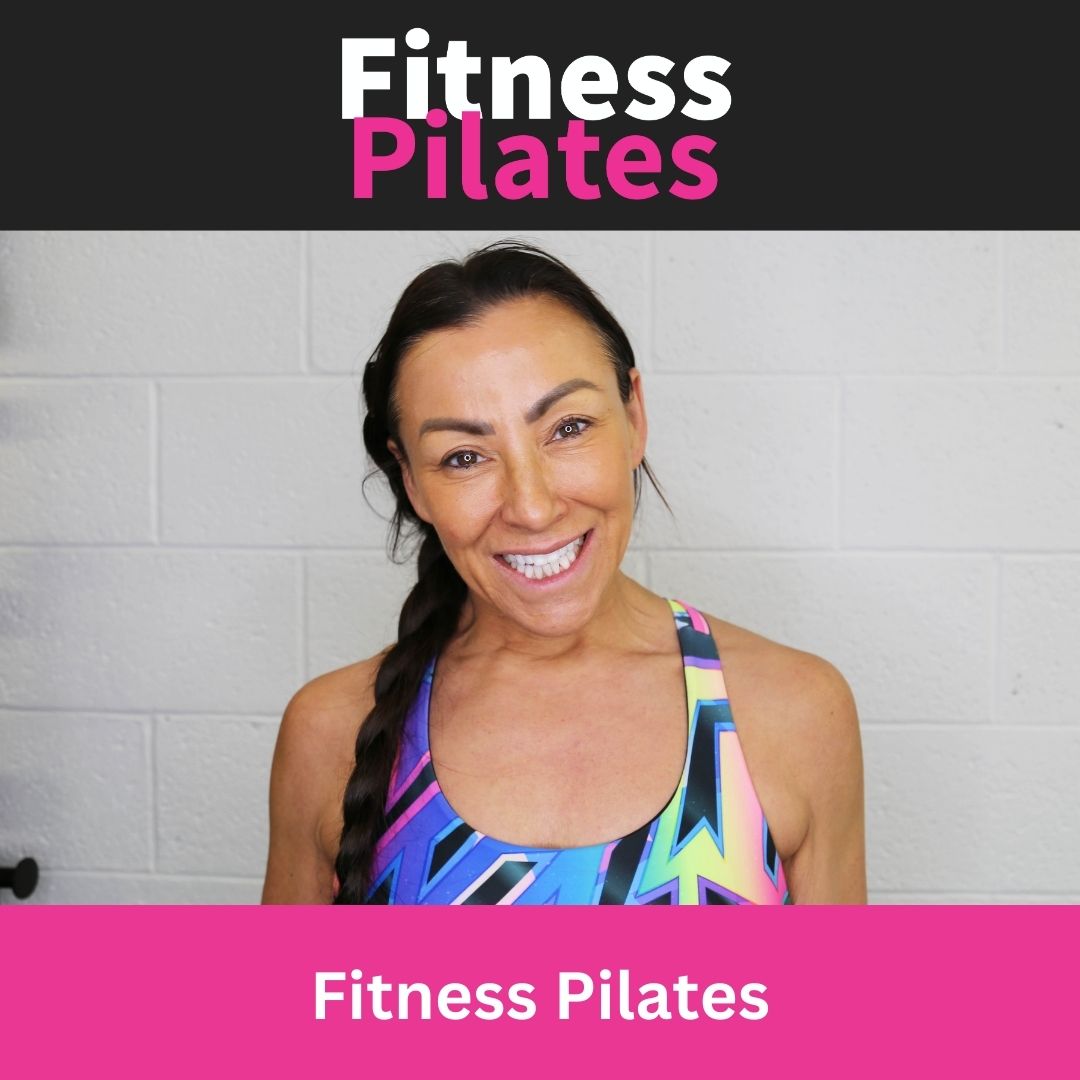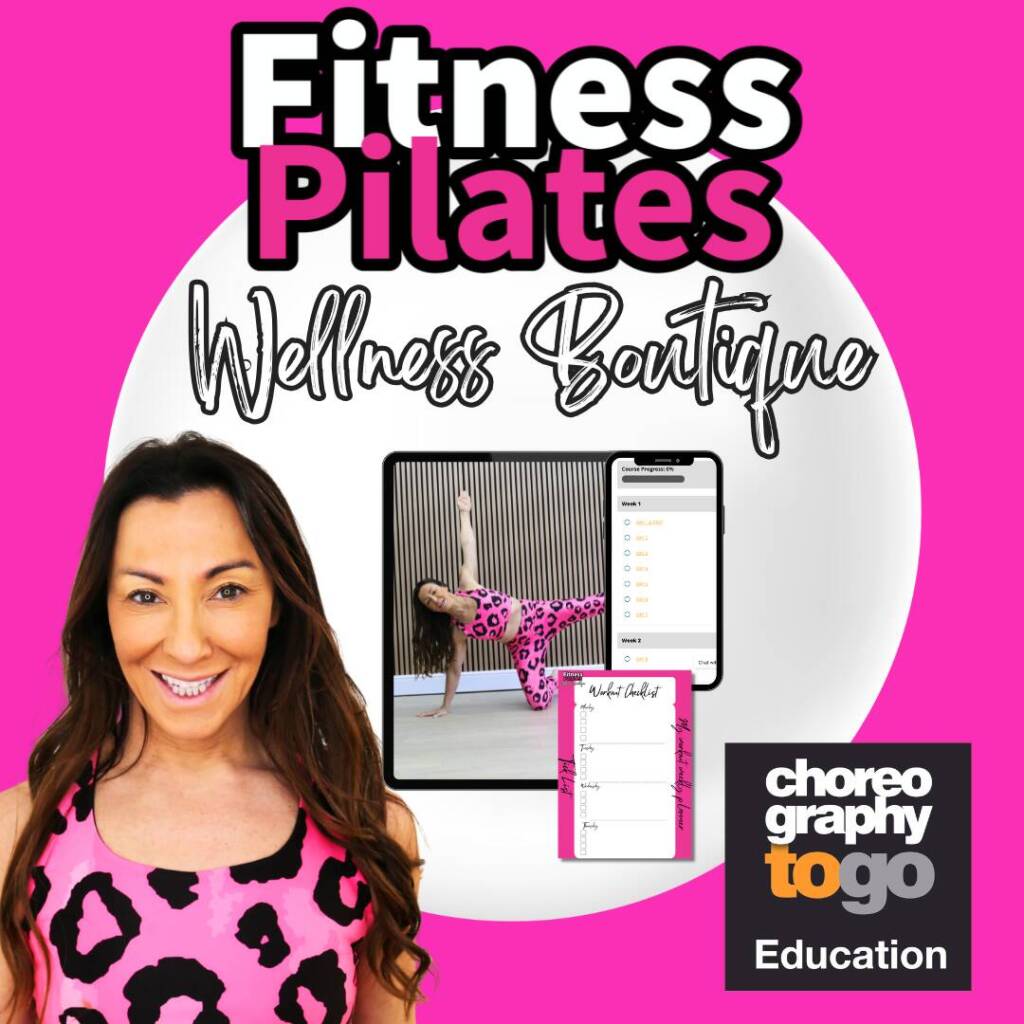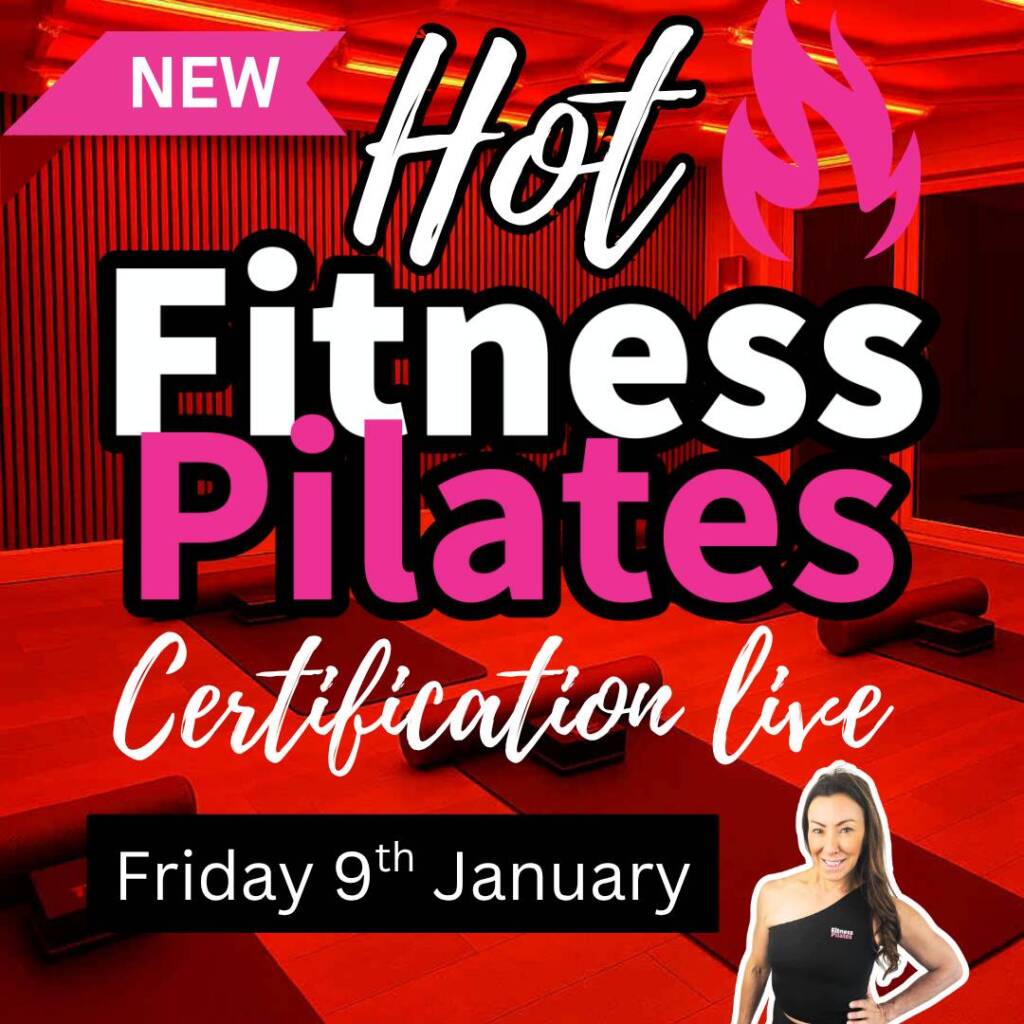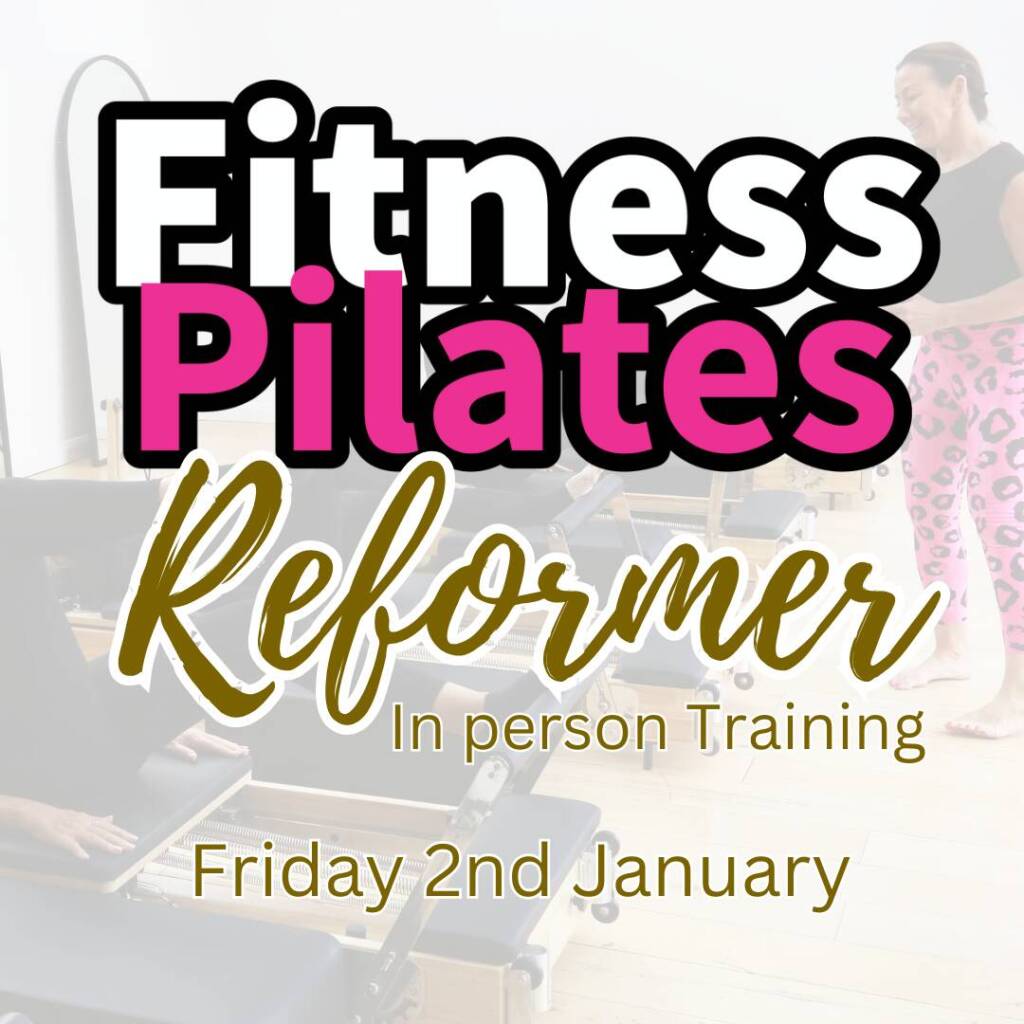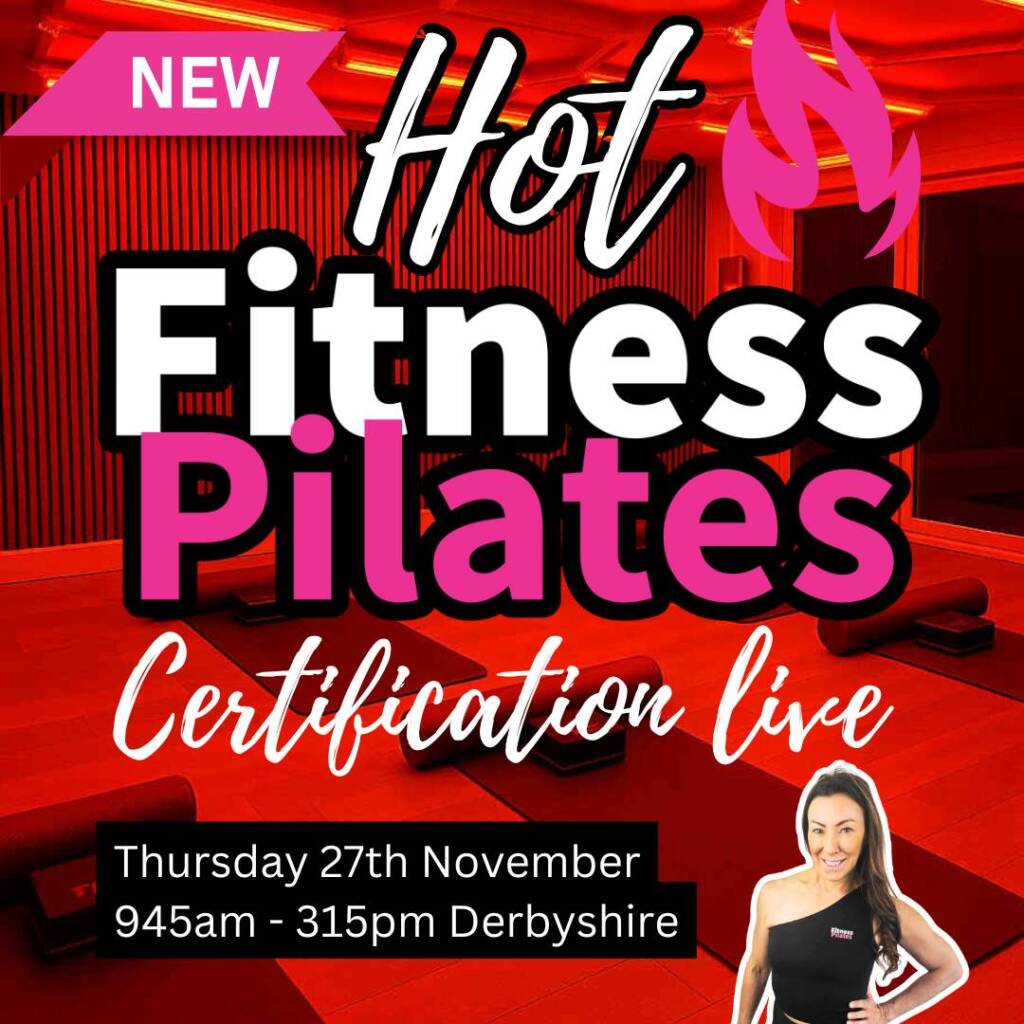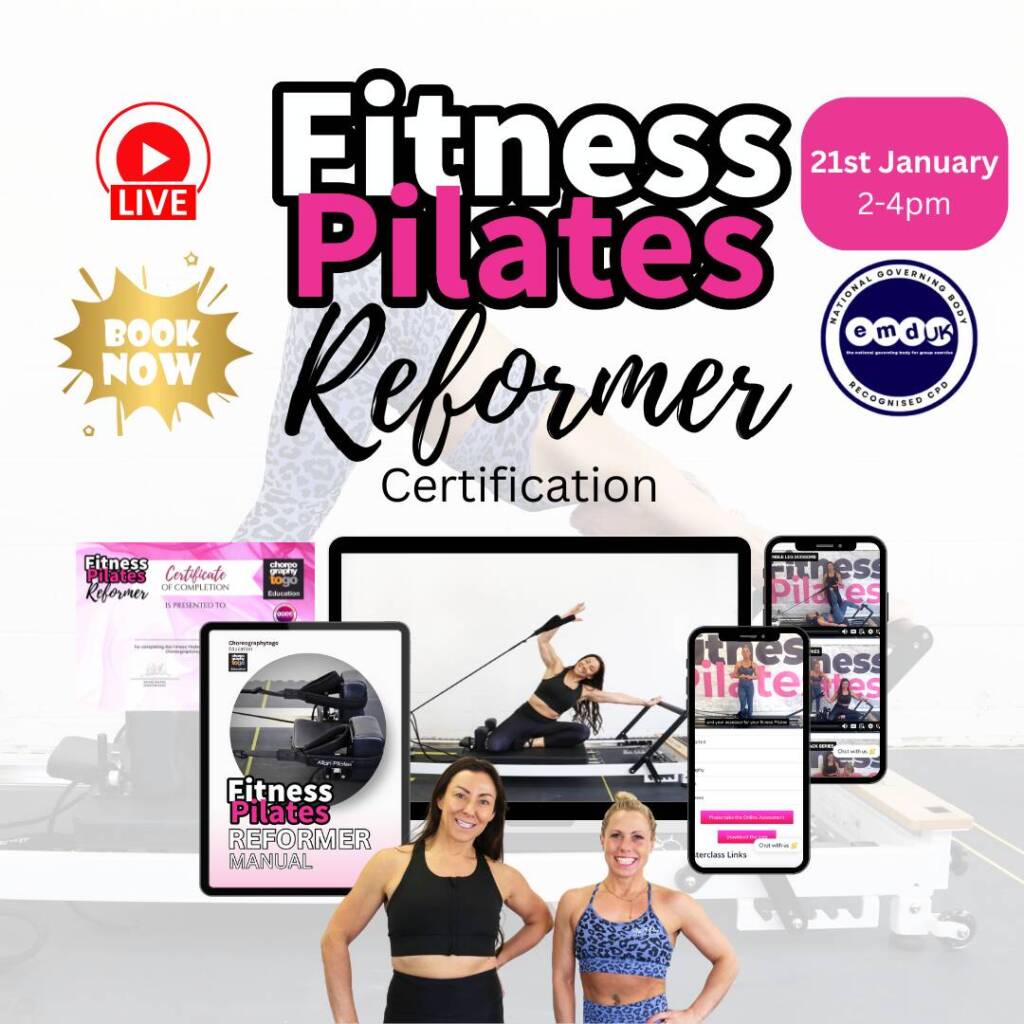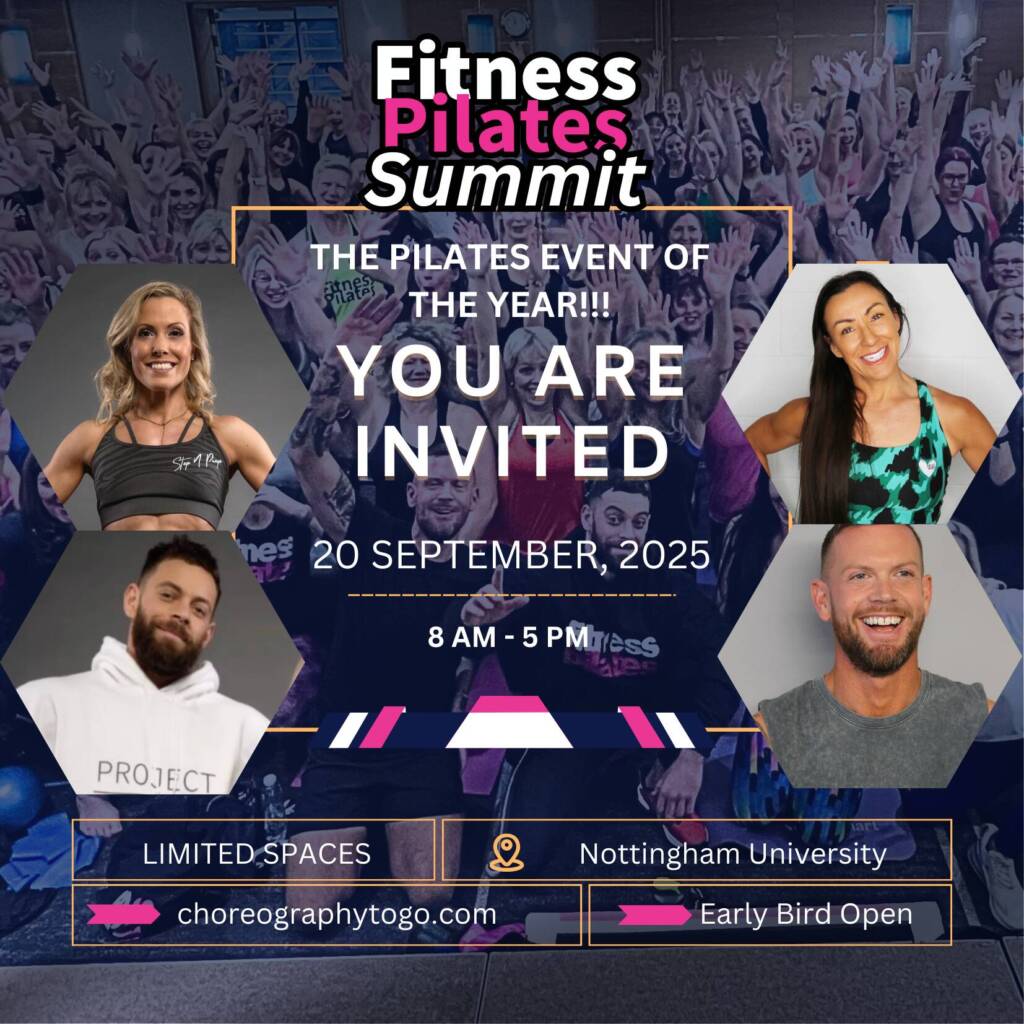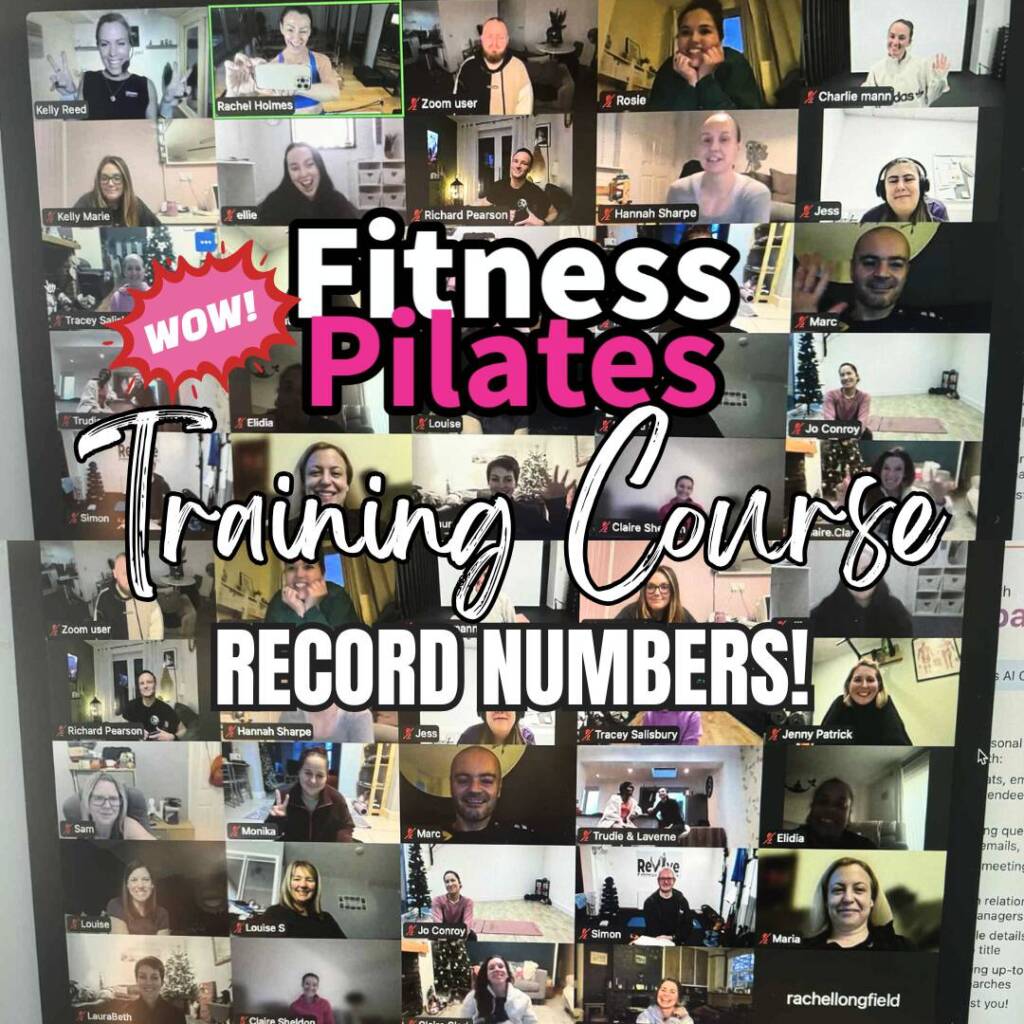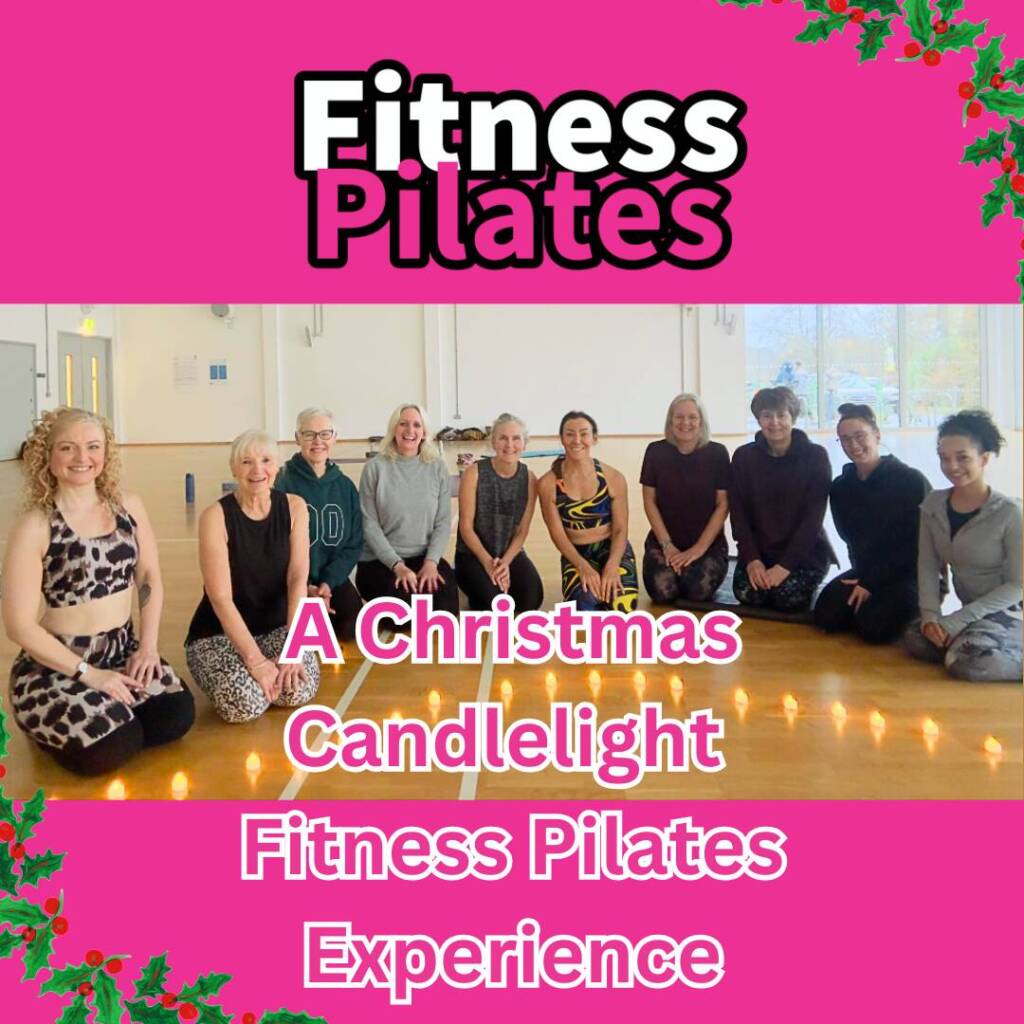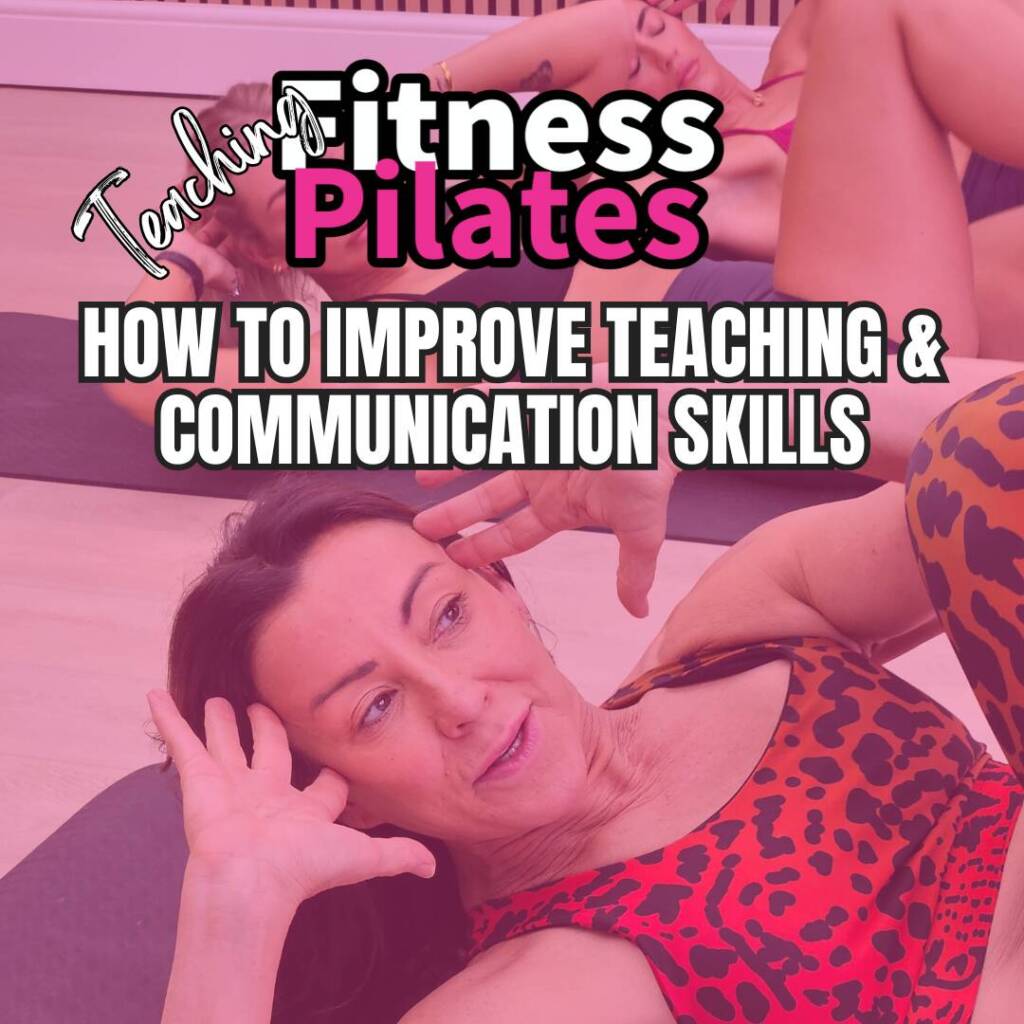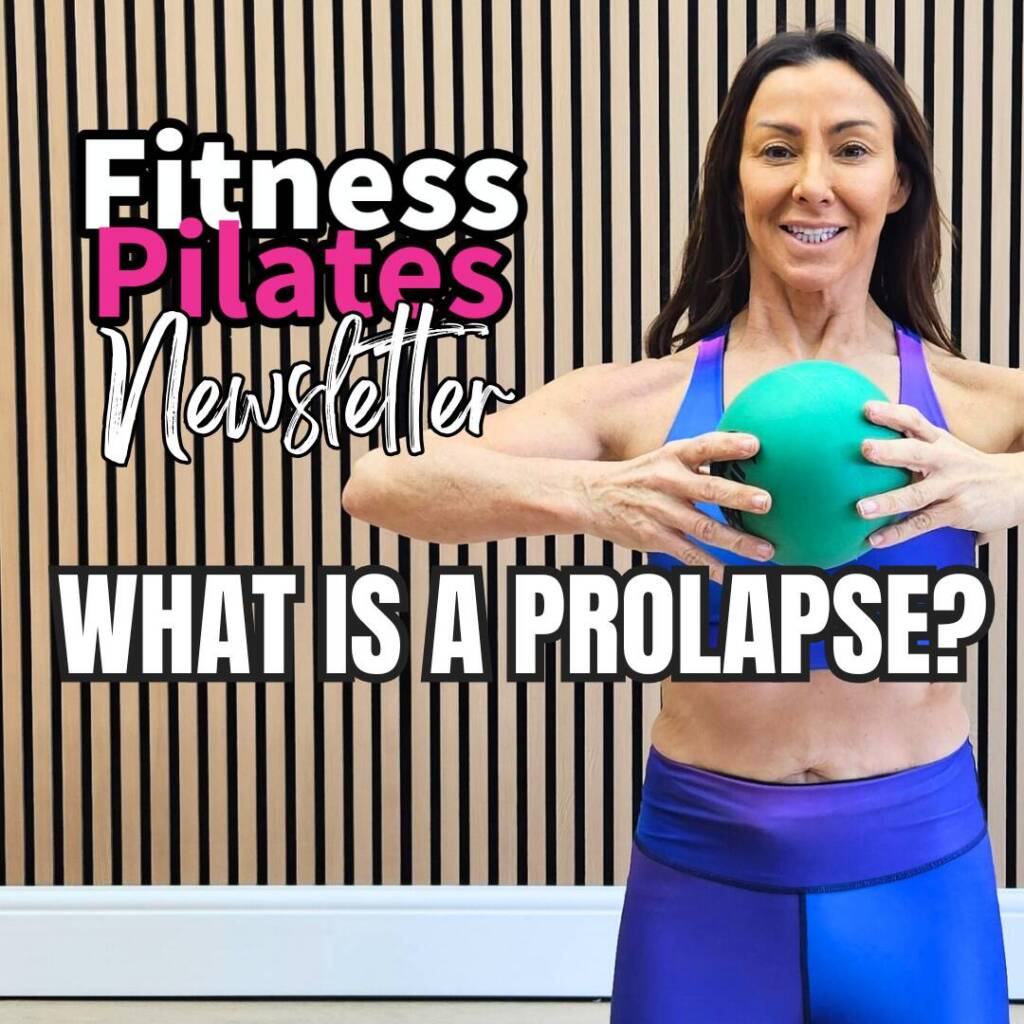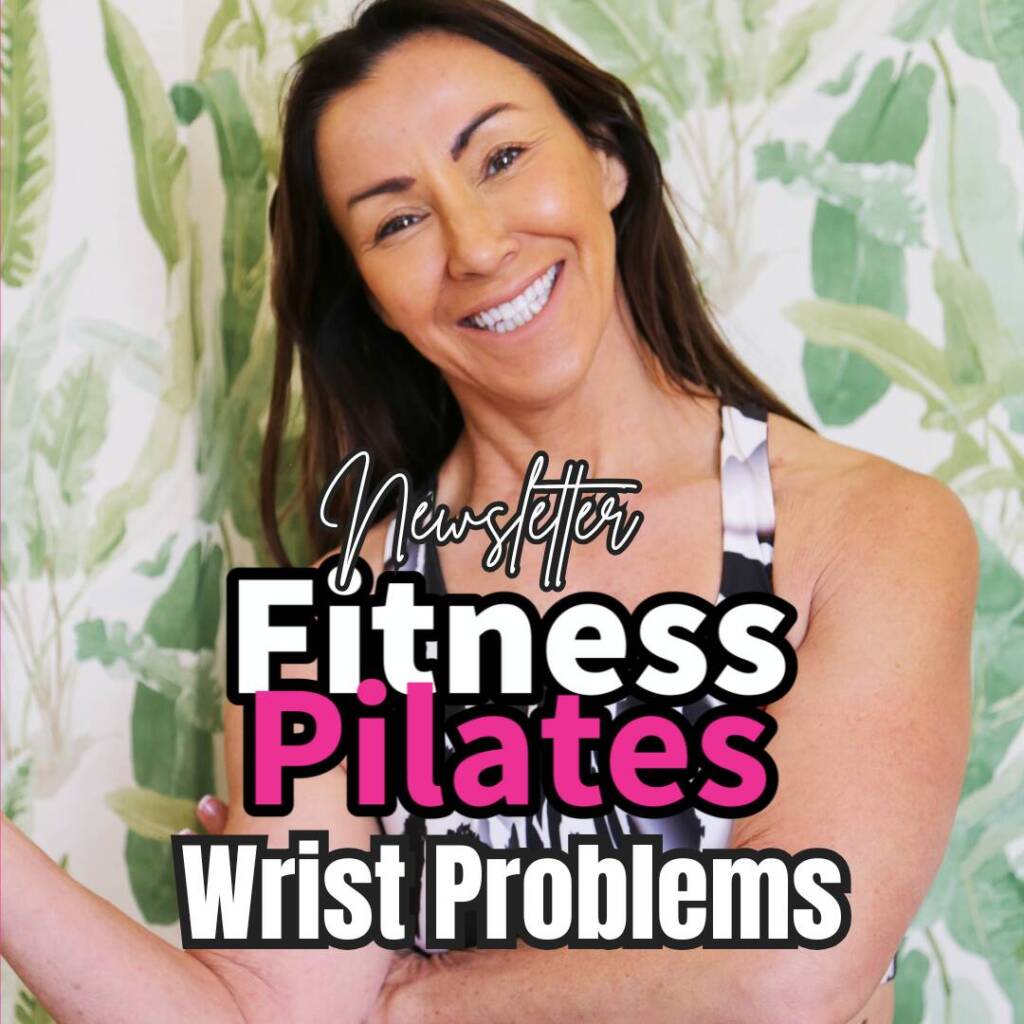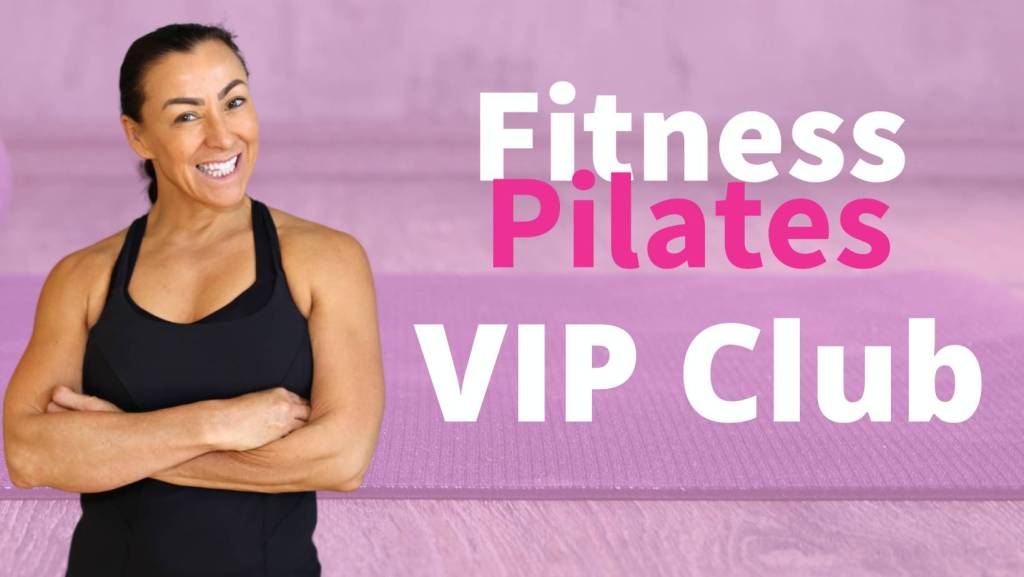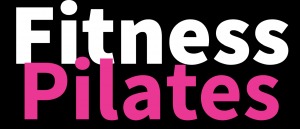
The Fitness Pilates Blog
Fitness Pilates Hernia
All over the UK, we’re seeing Pilates and Reformer studios popping up at an incredible pace! It’s a fascinating landscape right now, as many boutique studios are paying teachers double—if not triple—what the big box operators are offering, despite those operators having avoided increasing freelance pay for over 25 years. I wrote a post about this yesterday and received hundreds of comments; it’s sparked a really insightful conversation—do check it out It’s on my main Facebook page.
In almost 40 years of teaching, I’ve never seen studios opening this quickly or in such numbers. Pilates is absolutely booming, and the growth shows no signs of slowing down.
The demand for Fitness Pilates, Level 3 Pilates, and our Reformer courses is phenomenal. We have a fantastic line-up of new workshops coming up, including our brand new Fitness Pilates Somatic Exercise Workshop and the Fitness Pilates Learning Lab—an advanced teaching skills session for FP teachers. Plus, don’t forget, the SUMMIT is just around the corner in Nottingham at the University.
In today’s newsletter, we’re talking about…
What Is a Hernia?
A hernia occurs when an internal part of the body, such as a section of intestine or fatty tissue, pushes through a weak spot in the surrounding muscle or connective tissue.
The most common types relevant to Pilates classes are:
- Abdominal (ventral) hernia: Often appears as a bulge in the abdomen.
- Inguinal hernia: Occurs in the groin area.
- Hiatus hernia: The stomach pushes up into the chest through the diaphragm.
Symptoms
- A visible bulge or lump, often more noticeable when standing, coughing, or straining
- Discomfort or pain, especially when lifting, coughing, or exercising
- Heaviness or aching sensation
How Is a Hernia Treated?
- Lifestyle changes: Small, symptomless hernias may be monitored, and advice may include avoiding heavy lifting or straining.
- Surgery: The definitive treatment is surgery to repair the muscle wall. This may be performed via open or keyhole (laparoscopic) surgery.
- Recovery: After surgery, gentle movement is encouraged, but strenuous activity and abdominal strain should be avoided until fully healed.
Important: Always follow medical advice. If a client has a hernia or hernia repair, obtain medical clearance before beginning or returning to exercise.
Fitness Pilates: Exercises to Do and Avoid with a Hernia
Safe Pilates Exercises
The focus should be on gentle, low-intensity movements that do not create excessive intra-abdominal pressure.
Suitable Pilates exercises often include:
- Breathing and alignment work: Diaphragmatic breathing, lateral breathing
- Pelvic tilts and gentle pelvic floor exercises (with no bearing down)
- Supine (lying on your back) exercises with bent knees and feet on the floor, such as knee rolls or gentle hip bridges (without lifting too high)
- Gentle spinal mobility work: Cat-cow, supported spine movements
- Seated or standing mobility exercises: Gentle shoulder rolls, neck stretches, arm movements
- Modified side-lying leg work (avoiding excessive load)
Always work at a slow pace, focus on form, and avoid any sense of strain, bearing down, or holding the breath.
Pilates Exercises to Avoid
Any movement that increases pressure inside the abdomen can worsen a hernia or delay recovery.
Avoid:
- Full sit-ups or crunches
- Double leg lifts or lowering legs together
- Planks and press-ups
- Roll-ups, roll-overs, and teaser exercises
- Heavy resistance band work or loaded exercises
- Strong twisting movements
- High-impact or jumping exercises
- Holding the breath or performing Valsalva manoeuvre (breath holding with effort)
- Any exercise that causes the hernia bulge to appear or worsen
Key Points for Pilates Instructors
- Always ask about hernia history at screening.
- Get medical clearance for clients with a hernia (especially post-surgery).
- Prioritise gentle, functional movement and avoid abdominal strain.
- Progress gradually and listen to the body—stop any exercise that causes discomfort, pain, or bulging.
Hernia Operations: What Are the Options?
Most hernias require surgery to repair the weakness in the muscle or tissue. There are two main types of hernia operations:
1. Open Hernia Repair (Open Surgery)
- What happens?
The surgeon makes an incision (cut) directly over the hernia, pushes the bulging tissue back into place, and repairs the weakened area of muscle. Often, a mesh is placed over the area to strengthen it and reduce the risk of recurrence. - Common names:
- Open mesh repair
- Lichtenstein repair (especially for inguinal hernias)
- Recovery:
Usually, people go home the same day or after an overnight stay. Full recovery can take several weeks.
2. Keyhole Hernia Repair (Laparoscopic Surgery)
- What happens?
This minimally invasive technique uses several small cuts rather than one larger incision. The surgeon inserts a camera and surgical instruments through the small cuts to repair the hernia, often using mesh. - Advantages:
- Less pain and scarring after surgery
- Quicker recovery
- Often preferred for people with hernias on both sides or those who have had previous hernia repairs
- Recovery:
Most people return home the same day, with many able to resume normal activities sooner than with open surgery.
3. Emergency Surgery
- When is this needed?
If a hernia becomes strangulated (cuts off the blood supply to part of the bowel or tissue), emergency surgery is needed to repair the hernia and treat any affected tissue.
What to Expect After Surgery
- Light activity is encouraged soon after surgery, but heavy lifting and strenuous exercise should be avoided for several weeks.
- Your doctor or surgeon will advise when you can return to normal activities, including Pilates and fitness classes.
Summary:
Hernia repairs are very common, safe procedures. The choice between open and keyhole surgery depends on the type and location of the hernia, your medical history, and the surgeon’s recommendation.
Ill post this in the Fitness Pilates Facebook group so we can continue the discussion there.
Let me know your thoughts and anything you would like me to cover just send me an email or whats app 07976268672
Have a lovely weekend.
Rachel x
JULY PILATES COURSES
See our upcoming teacher training:
Fitness Pilates Reformer – Online Training
Our next online training for qualified Fitness Pilates teachers is happening on
Wednesday 23rd July – perfect for expanding your skills and adding Reformer-based concepts to your repertoire.
Level 3 Pilates Matwork Diploma 11/12/13 July
July Aerobics & Meet up. After presenting a fun 90’s/2000’s Aerobics masterclass at FITPRO live this week I am holding a masterclass at Nottingham University for Group Fitness Teachers who would like to come together for a fun afternoon with a class and networking. I would LOVE to see you. it’s Saturday 12th July at 1pm
Fitness Pilates Training Course 1st August online click here
Would you like to book Fitness Pilates & Fitness Pilates Reformer Together? Learn more here
Join the Fitpro Choreography Newsletter here
Join the Fitness Pilates newsletter here
Join my free women’s wellness newsletter here
Share this post:
Latest Fitness Pilates Courses & Classes

Infrared Fitness Pilates Hot & Reformer Masterclass in C2GO Studio For Fitpros January
£55.00
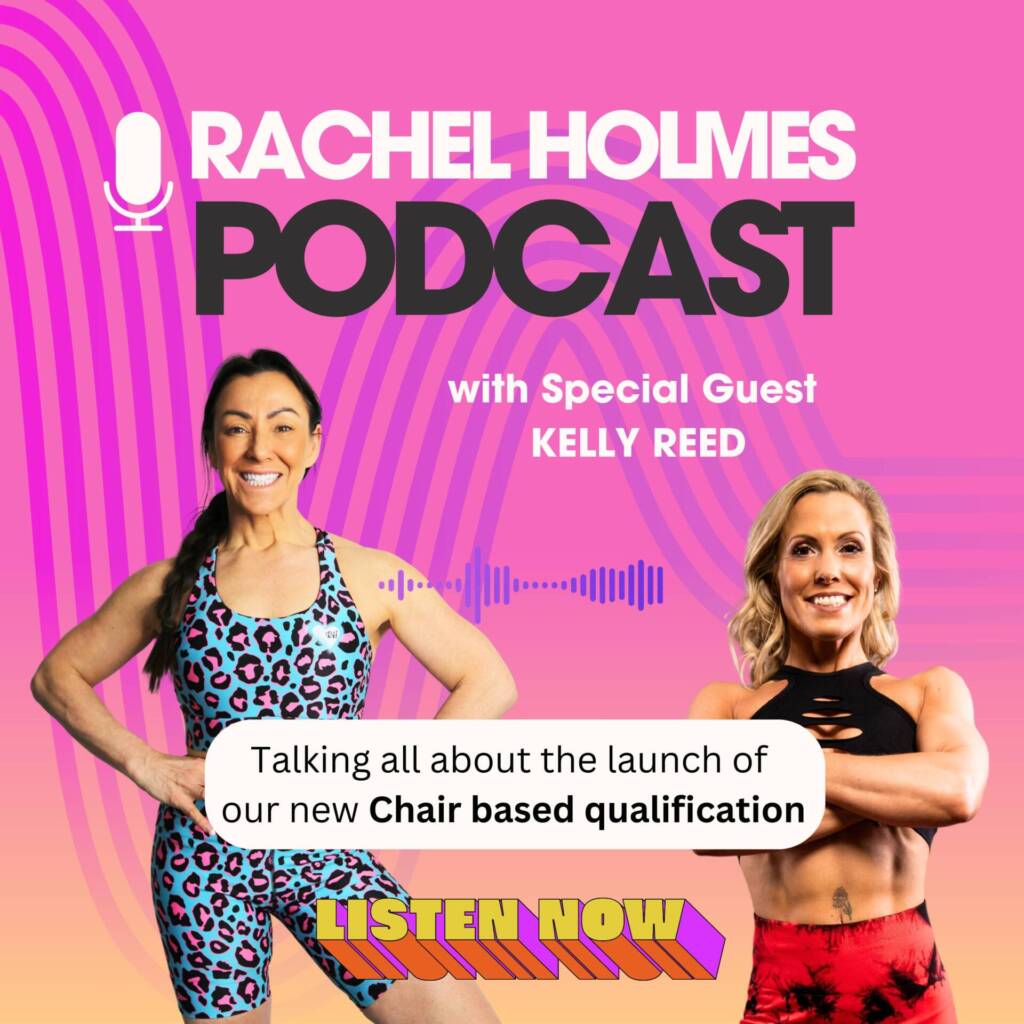

The latest Fitness Pilates blogs & news
Join the Fitness Pilates newsletter
A short description introducing your business and the services to visitors.
